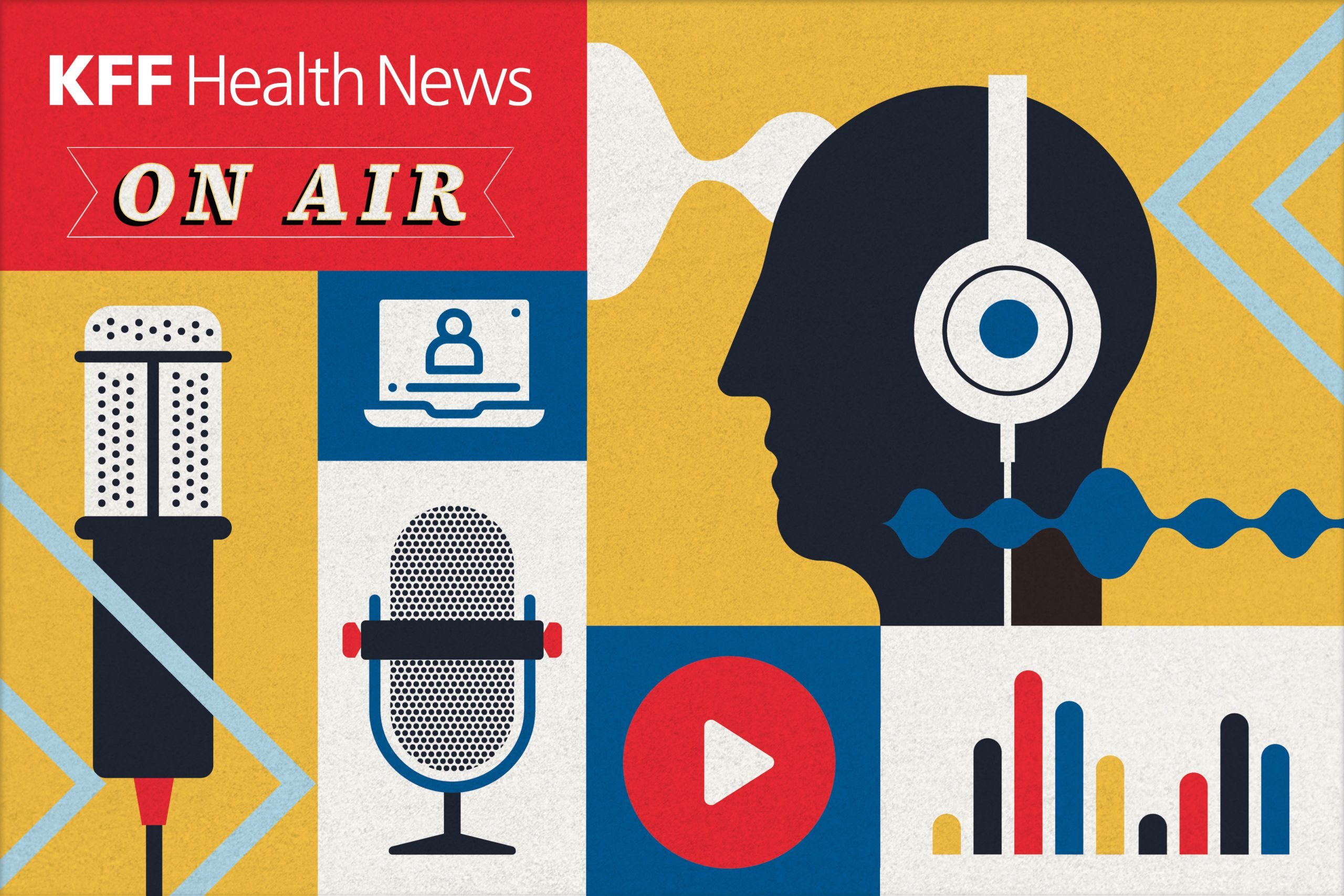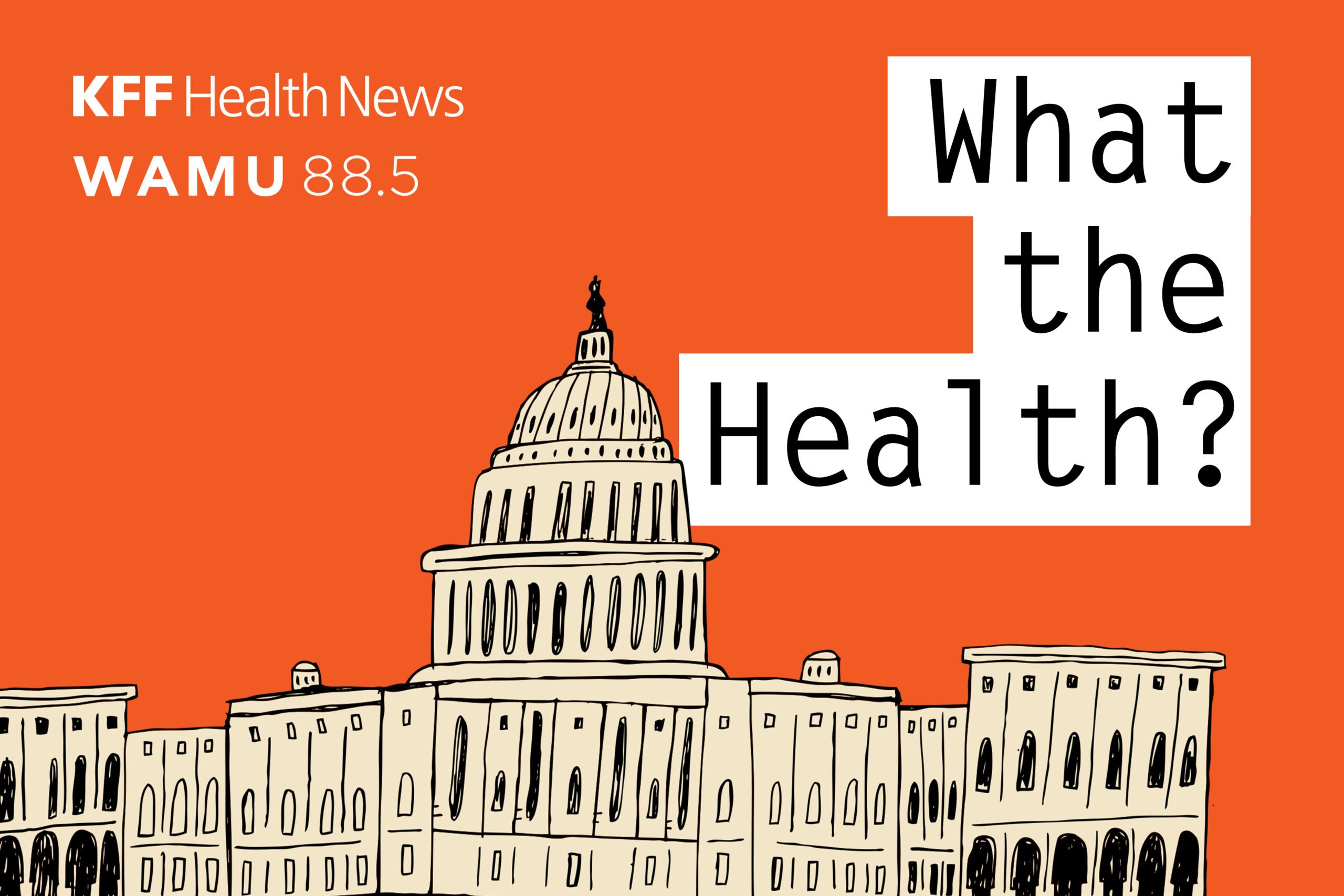
—
In today’s global climate, culturally skilled healthcare is more important than ever. Patients bring with them a wide range of beliefs, languages, and values that influence how they perceive illnesses, interact with professionals, and follow treatment plans. According to
Kamal Kabakibou, effective care requires more than clinical skill—it demands awareness, flexibility, and a commitment to understanding each patient’s unique background. Providers must navigate communication barriers, unspoken biases, and institutional policies while striving to create a setting that empowers all individuals.
Cultural Awareness in Healthcare Settings
Cultural competence in healthcare refers to the ability of providers to understand and respond effectively to the cultural and linguistic needs of patients. It involves recognizing how beliefs, values, and traditions influence perceptions of illness, treatment preferences, and expectations of care.
Patients may approach health decisions through a family-centered lens, rely on traditional remedies, or hold specific views about pain expression and healing. A provider treating a patient from a collectivist culture might notice that treatment decisions are made by multiple family members, not just the individual. Recognizing these dynamics helps avoid misunderstandings and enhances collaboration.
Communication Barriers and Misunderstandings
In many healthcare settings, language differences can lead to misinterpretations that affect diagnosis, treatment, and patient consent. Patients who are not fluent in the dominant language may struggle to describe symptoms accurately or understand medical instructions, increasing the risk of complications. Healthcare providers, in turn, may rely on gestures or assumptions, which can result in confusion or even mistrust.
Health literacy also plays a role. A patient unfamiliar with medical terminology might nod during a consultation without truly grasping the information shared. In such cases, the lack of understanding can lead to medication errors, missed appointments, or non-adherence to care plans. Using clear, simple language and checking for understanding can make a big difference. Sometimes, visual aids or teach-back methods can bridge the gap more effectively than verbal reassurances alone.
Impacts of Bias and Assumptions
Bias in healthcare is not always overt. A provider might unconsciously assume a patient from a certain background will reject a treatment option or fail to follow through with care, leading to fewer choices being presented. These assumptions can limit patient autonomy and negatively influence outcomes. Even subtle prejudgments can influence how much time or attention is given to a patient.
Stereotypes can also affect pain management. Research has shown that patients from marginalized groups are sometimes perceived as exaggerating symptoms or being less likely to comply with medical guidance. When such judgments go unexamined, they compromise trust and worsen disparities.
Self-awareness is key. Clinicians who reflect on their own
cultural lens are better equipped to provide equitable care. When biases are acknowledged and addressed, patient interactions become more respectful, and care becomes more patient-centered.
Practical Approaches to Inclusive Patient Care
Healthcare organizations are investing in training programs that enhance cultural sensitivity among staff. These sessions often highlight real-world scenarios where cultural missteps affected care outcomes, helping professionals learn how to adapt their approach. It also encourages open dialogue among team members about challenges they face and processes that work.
Personalizing care plans can also lead to more effective treatment. A provider might offer dietary alternatives that match a patient’s cultural restrictions or adjust visiting hours to accommodate family involvement in decision-making. These details, while small, can greatly improve patient satisfaction and adherence to medical advice. Even the physical environment, such as artwork or reading materials in multiple languages, contributes to a welcoming space.
Institutional Support and Policy Initiatives
Leadership plays a crucial role in shaping a healthcare system that values cultural responsiveness. When administrators prioritize diversity and inclusion at the policy level, it sets the tone for the entire organization. Hiring practices, continuing education, and community partnerships all contribute to a more representative and responsive workforce.
Policies that promote language access services, such as providing certified interpreters or multilingual signage, demonstrate institutional commitment to equity. These measures aren’t just symbolic—they directly influence how welcome and understood patients feel when seeking care. In emergencies, these services can be lifesaving, enabling accurate communication when time is critical.
—
Dr. Kamal Chaban Kabakibou, M.D.
iStockPhoto
Disclaimer: This story is auto-aggregated by a computer program and has not been created or edited by healthlydays.
Publisher:
Source link

 —
In today’s global climate, culturally skilled healthcare is more important than ever. Patients bring with them a wide range of beliefs, languages, and values that influence how they perceive illnesses, interact with professionals, and follow treatment plans. According to Kamal Kabakibou, effective care requires more than clinical skill—it demands awareness, flexibility, and a commitment to understanding each patient’s unique background. Providers must navigate communication barriers, unspoken biases, and institutional policies while striving to create a setting that empowers all individuals.
Cultural Awareness in Healthcare Settings
Cultural competence in healthcare refers to the ability of providers to understand and respond effectively to the cultural and linguistic needs of patients. It involves recognizing how beliefs, values, and traditions influence perceptions of illness, treatment preferences, and expectations of care.
Patients may approach health decisions through a family-centered lens, rely on traditional remedies, or hold specific views about pain expression and healing. A provider treating a patient from a collectivist culture might notice that treatment decisions are made by multiple family members, not just the individual. Recognizing these dynamics helps avoid misunderstandings and enhances collaboration.
Communication Barriers and Misunderstandings
In many healthcare settings, language differences can lead to misinterpretations that affect diagnosis, treatment, and patient consent. Patients who are not fluent in the dominant language may struggle to describe symptoms accurately or understand medical instructions, increasing the risk of complications. Healthcare providers, in turn, may rely on gestures or assumptions, which can result in confusion or even mistrust.
Health literacy also plays a role. A patient unfamiliar with medical terminology might nod during a consultation without truly grasping the information shared. In such cases, the lack of understanding can lead to medication errors, missed appointments, or non-adherence to care plans. Using clear, simple language and checking for understanding can make a big difference. Sometimes, visual aids or teach-back methods can bridge the gap more effectively than verbal reassurances alone.
Impacts of Bias and Assumptions
Bias in healthcare is not always overt. A provider might unconsciously assume a patient from a certain background will reject a treatment option or fail to follow through with care, leading to fewer choices being presented. These assumptions can limit patient autonomy and negatively influence outcomes. Even subtle prejudgments can influence how much time or attention is given to a patient.
Stereotypes can also affect pain management. Research has shown that patients from marginalized groups are sometimes perceived as exaggerating symptoms or being less likely to comply with medical guidance. When such judgments go unexamined, they compromise trust and worsen disparities.
Self-awareness is key. Clinicians who reflect on their own cultural lens are better equipped to provide equitable care. When biases are acknowledged and addressed, patient interactions become more respectful, and care becomes more patient-centered.
Practical Approaches to Inclusive Patient Care
Healthcare organizations are investing in training programs that enhance cultural sensitivity among staff. These sessions often highlight real-world scenarios where cultural missteps affected care outcomes, helping professionals learn how to adapt their approach. It also encourages open dialogue among team members about challenges they face and processes that work.
Personalizing care plans can also lead to more effective treatment. A provider might offer dietary alternatives that match a patient’s cultural restrictions or adjust visiting hours to accommodate family involvement in decision-making. These details, while small, can greatly improve patient satisfaction and adherence to medical advice. Even the physical environment, such as artwork or reading materials in multiple languages, contributes to a welcoming space.
Institutional Support and Policy Initiatives
Leadership plays a crucial role in shaping a healthcare system that values cultural responsiveness. When administrators prioritize diversity and inclusion at the policy level, it sets the tone for the entire organization. Hiring practices, continuing education, and community partnerships all contribute to a more representative and responsive workforce.
Policies that promote language access services, such as providing certified interpreters or multilingual signage, demonstrate institutional commitment to equity. These measures aren’t just symbolic—they directly influence how welcome and understood patients feel when seeking care. In emergencies, these services can be lifesaving, enabling accurate communication when time is critical.
—
—
In today’s global climate, culturally skilled healthcare is more important than ever. Patients bring with them a wide range of beliefs, languages, and values that influence how they perceive illnesses, interact with professionals, and follow treatment plans. According to Kamal Kabakibou, effective care requires more than clinical skill—it demands awareness, flexibility, and a commitment to understanding each patient’s unique background. Providers must navigate communication barriers, unspoken biases, and institutional policies while striving to create a setting that empowers all individuals.
Cultural Awareness in Healthcare Settings
Cultural competence in healthcare refers to the ability of providers to understand and respond effectively to the cultural and linguistic needs of patients. It involves recognizing how beliefs, values, and traditions influence perceptions of illness, treatment preferences, and expectations of care.
Patients may approach health decisions through a family-centered lens, rely on traditional remedies, or hold specific views about pain expression and healing. A provider treating a patient from a collectivist culture might notice that treatment decisions are made by multiple family members, not just the individual. Recognizing these dynamics helps avoid misunderstandings and enhances collaboration.
Communication Barriers and Misunderstandings
In many healthcare settings, language differences can lead to misinterpretations that affect diagnosis, treatment, and patient consent. Patients who are not fluent in the dominant language may struggle to describe symptoms accurately or understand medical instructions, increasing the risk of complications. Healthcare providers, in turn, may rely on gestures or assumptions, which can result in confusion or even mistrust.
Health literacy also plays a role. A patient unfamiliar with medical terminology might nod during a consultation without truly grasping the information shared. In such cases, the lack of understanding can lead to medication errors, missed appointments, or non-adherence to care plans. Using clear, simple language and checking for understanding can make a big difference. Sometimes, visual aids or teach-back methods can bridge the gap more effectively than verbal reassurances alone.
Impacts of Bias and Assumptions
Bias in healthcare is not always overt. A provider might unconsciously assume a patient from a certain background will reject a treatment option or fail to follow through with care, leading to fewer choices being presented. These assumptions can limit patient autonomy and negatively influence outcomes. Even subtle prejudgments can influence how much time or attention is given to a patient.
Stereotypes can also affect pain management. Research has shown that patients from marginalized groups are sometimes perceived as exaggerating symptoms or being less likely to comply with medical guidance. When such judgments go unexamined, they compromise trust and worsen disparities.
Self-awareness is key. Clinicians who reflect on their own cultural lens are better equipped to provide equitable care. When biases are acknowledged and addressed, patient interactions become more respectful, and care becomes more patient-centered.
Practical Approaches to Inclusive Patient Care
Healthcare organizations are investing in training programs that enhance cultural sensitivity among staff. These sessions often highlight real-world scenarios where cultural missteps affected care outcomes, helping professionals learn how to adapt their approach. It also encourages open dialogue among team members about challenges they face and processes that work.
Personalizing care plans can also lead to more effective treatment. A provider might offer dietary alternatives that match a patient’s cultural restrictions or adjust visiting hours to accommodate family involvement in decision-making. These details, while small, can greatly improve patient satisfaction and adherence to medical advice. Even the physical environment, such as artwork or reading materials in multiple languages, contributes to a welcoming space.
Institutional Support and Policy Initiatives
Leadership plays a crucial role in shaping a healthcare system that values cultural responsiveness. When administrators prioritize diversity and inclusion at the policy level, it sets the tone for the entire organization. Hiring practices, continuing education, and community partnerships all contribute to a more representative and responsive workforce.
Policies that promote language access services, such as providing certified interpreters or multilingual signage, demonstrate institutional commitment to equity. These measures aren’t just symbolic—they directly influence how welcome and understood patients feel when seeking care. In emergencies, these services can be lifesaving, enabling accurate communication when time is critical.
—











